
Grip strength isn't just about firm handshakes; it's the cornerstone of your performance in strongman competitions, powerlifting meets, and virtually every strength sport in between. Understanding the anatomy of grip strength, its sweeping benefits, and how to enhance it through targeted training can dramatically elevate your athletic capabilities. Let's delve deeper into the science of grip strength, exploring the essential anatomy, benefits, and advanced training techniques that will help you develop an iron grip.
Understanding Grip Strength Anatomy:
At its core, grip strength stems from the complex interplay of muscles, tendons, and bones in your hands, wrists, and forearms. There are three primary types of grip:
- Crush Grip: The force generated between your fingers and your palm, crucial for gripping barbells and dumbbells.
- Support Grip: The ability to maintain a hold over time, essential for deadlifts and farmer’s walks.
- Pinch Grip: The strength between your fingers and your thumb, important for lifting plates or stones.
Each type of grip engages different muscle groups, including the flexors and extensors of the forearms, the intrinsic muscles of the hands, and even the shoulders and upper back to a certain extent.
Benefits Of Enhanced Grip Strength:
Improving your grip strength can lead to significant performance gains across a variety of activities. Here are some key benefits:
- Increased Lifting Capacity: A stronger grip allows you to lift heavier weights, especially in exercises like deadlifts, rows, and pull-ups.
- Improved Endurance: Enhance your ability to perform longer sets or hold onto equipment longer during endurance challenges.
- Injury Prevention: Strengthening the muscles around your wrists and forearms can help prevent common injuries, allowing for more consistent training.
- Better Functional Strength: A strong grip improves daily activities that require hand strength, from opening jars to carrying groceries.
Advanced Training Techniques For Developing Grip Strength:
1. Dedicated Grip Training;
- Fat Grip Training: Increase the diameter of barbells, dumbbells, and pull-up bars to challenge your grip on traditional lifts.
- Gripper Training: Use grip strengtheners or hand grippers to specifically target your crush grip in various resistance levels.
2. Varied Grip Exercises;
- Farmers Walks: Excellent for building support grip strength, carry heavy weights in each hand and walk a specific distance.
- Plate Pinches: Improve your pinch grip by holding weight plates between your thumb and fingers for time.
- Wrist Curls & Extensions: Strengthen your forearm muscles with wrist curls and extensions, using a barbell or dumbbells.
3. Incorporate Grip Challenges;
- Towel Pull-Ups: Wrap a towel over a pull-up bar and perform pull-ups gripping the towel, enhancing grip strength and endurance.
- Static Holds: At the end of your lifting session, hold a heavy barbell or dumbbells for as long as possible.
Elevating your grip strength is about more than just squeezing stress balls; it requires a dedicated, multifaceted approach that targets the unique anatomy and functions of the hands, wrists, and forearms. By incorporating these advanced training techniques and understanding the underlying anatomy and benefits, you can unlock new levels of strength and performance in your strongman or powerlifting journey. Remember, a strong grip is the key to unlocking your full potential in the gym and beyond.
Optimize your training, focus on your grip, and watch as your lifting records, endurance, and overall performance reach new heights. Grip strength is your silent partner in strength sports success—train it wisely, and it will repay you with interest.









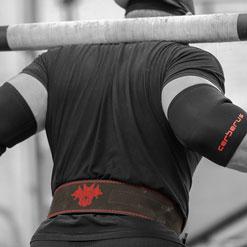





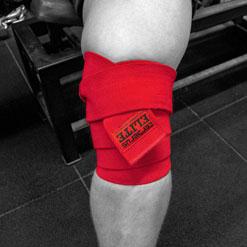

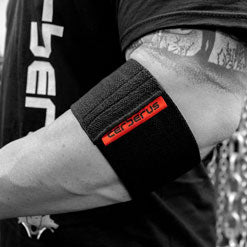

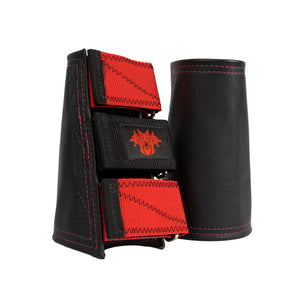















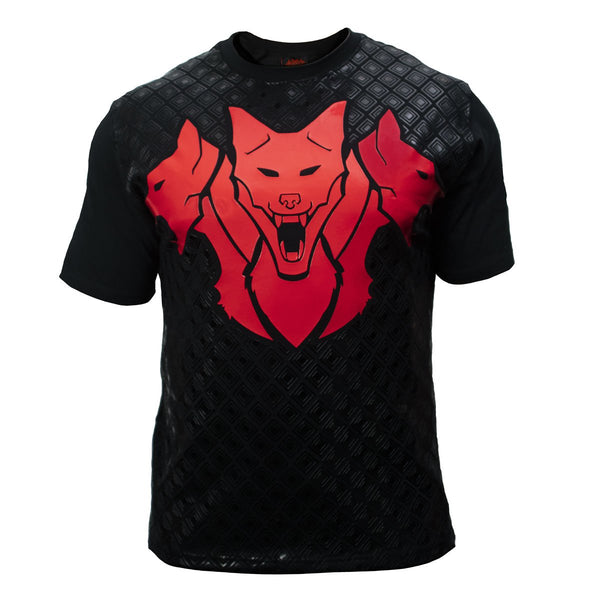

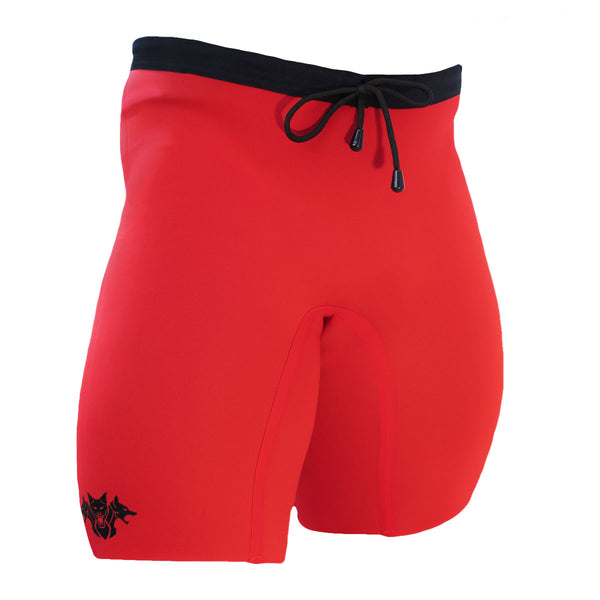










VERY cool 🆒 THANK YOU !
VERY cool 🆒